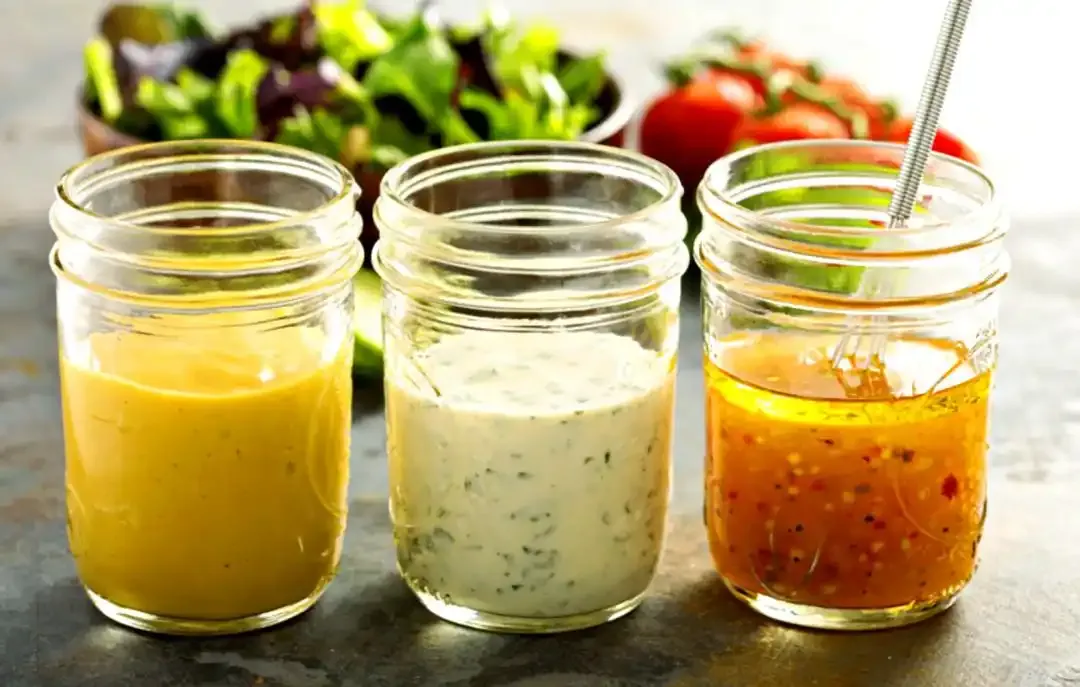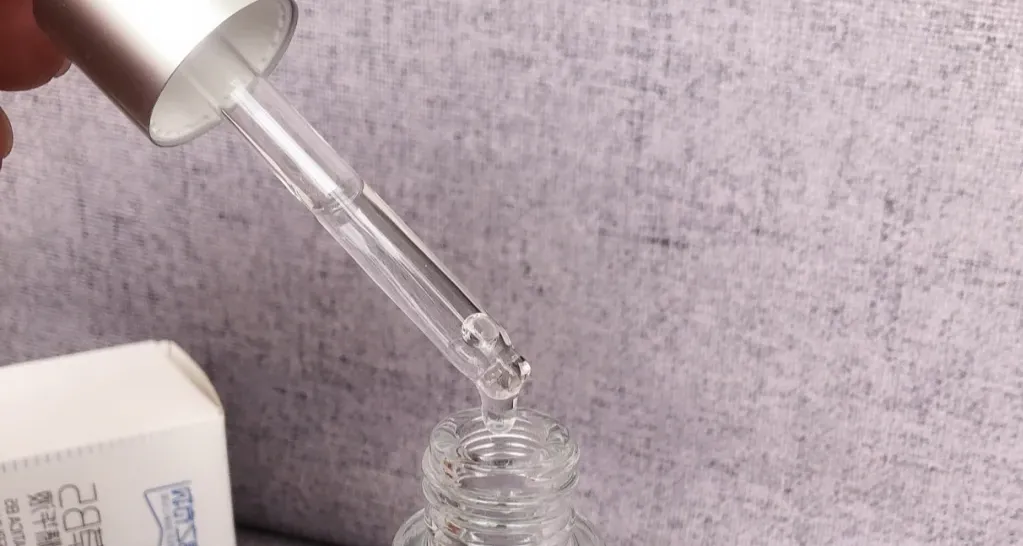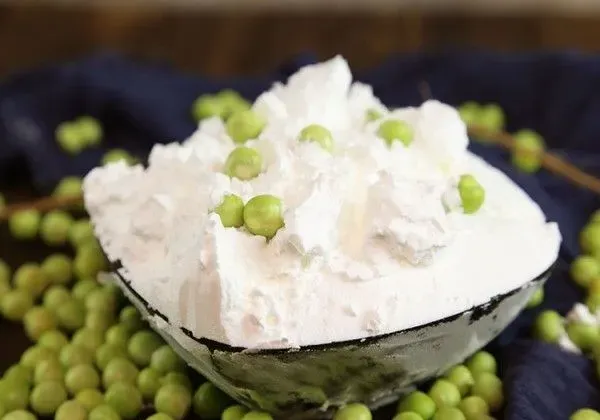
Understanding Hydroxypropyl Pea Starch and Hydroxypropyl Starch Phosphate: Versatile Ingredients in Food, Cosmetics, and Pharma
Modified starches like hydroxypropyl pea starch Ve hydroxypropyl starch phosphate (sometimes referred to as sodium hydroxypropyl starch phosphate veya HPS) deliver unique performance benefits across industries. Whether used as a thickener in food, a film-former in hair and skin products, or a binder in pharmaceutical capsules, these ingredients offer structural stability, sensory enhancement, and improved shelf life. Below we explore their features, applications, and leading uses.

The Ingredients: Hydroxypropyl Pea Starch and Hydroxypropyl Starch Phosphate
Hydroxypropyl pea starch is derived from pea starch modified with hydroxypropyl groups. For example, LYCAGEL® Flex is a blend of hydroxypropyl pea starch, carrageenan, and disodium phosphate—used as a plant-based, plasticizer-free film premix in vegetarian soft capsules.
Hydroxypropyl starch phosphate (often labeled hydroxypropyl distarch phosphate or by its E number E1442) consists of starch molecules crosslinked with hydroxypropyl groups and phosphate esters. This combination improves freeze-thaw stability, delays retrogradation, and maintains texture in food gels and sauces.
Sodium hydroxypropyl starch phosphate, a sodium salt variant, is widely used as a thickener, stabilizer, and viscosity regulator in cosmetics and hair care formulations. It adheres well to hair cuticles, imparting softness, shine, and anti-static properties .
These ingredients are commonly abbreviated as HPS (HydroxyPropyl Starch) in industry literature and by HPS companies producing them for food, cosmetic, and pharmaceutical sectors.

Applications in Food, Hair, and Skincare
Food Applications
In food formulations, hydroxypropyl starch food (E1440) and hydroxypropyl distarch phosphate (E1442) serve as stabilizers and texture enhancers. They are commonly found in soups, sauces, pie fillings, and frozen goods for their resistance to syneresis and retrogradation, ensuring consistent texture and mouthfeel.
Hair and Skin Applications
Hydroxypropyl starch phosphate for hair Ve hydroxypropyl starch phosphate for skin are used in cosmetics for their film-forming and emollient properties. Products like Roquette’s ST 320 offer excellent sensory feel, flexible film on hair and skin, and synergy with emulsifiers for stable formulations carrying active ingredients such as anti-aging or acne treatments.
In hair care, hydroxypropyl starch phosphate curly hair or general hair formulations helps maintain curl definition, reduce frizz, and enhance shine while being gentle and non-irritating.
Pharmaceutical Uses
Hydroxypropyl pea starch is used in pharmaceutical capsule manufacturing—especially veggie soft capsules—as part of film-forming premixes like Lycagel Flex, improving mechanical properties without animal-derived materials.
Though not the same, molecules like pentastarch and HPS can both function as excipients or stabilizers in medical formulations. Pentastarch typically refers to hydroxyethyl starch used as plasma expanders; it's distinct from hydroxypropyl starch derivatives used in excipients.

The Versatility of Hydroxypropyl Starch Derivatives
From hydroxypropyl pea starch in pharmaceuticals to hydroxypropyl starch phosphate as a food grade thickener and skincare ingredient, these starch derivatives offer high-performance, clean-label benefits. Whether your interest is in thicker sauces, longer-lasting film on skin, or plant-based capsule shells, hydroxypropyl starch (HPS) ingredients deliver functionality and compatibility.
As the global demand grows for natural, gluten-free, biodegradable, and vegan-friendly ingredients, the role of HPS compounds is expected to expand in food, personal care, and pharmaceutical applications.
FAQ Section: Key Questions on Hydroxypropyl Starch and Its Derivatives
What is hydroxypropyl pea starch used for?
Hydroxypropyl pea starchis used in the pharmaceutical industry as part of veggie soft capsule premixes (e.g., LYCAGEL® Flex), improving flexibility and eliminating the need for gelatin-based formulations.
How does hydroxypropyl starch phosphate benefit curly hair and skincare?
Hydroxypropyl starch phosphate for hairhelps smooth curls, reduce frizz, and add shine by forming a flexible film over strands. In skincare, it stabilizes emulsion, improves texture, and enhances ingredient delivery while being gentle and non-irritating.
Is hydroxypropyl starch food safe?
Yes, hydroxypropyl starch food(E1440) and hydroxypropyl distarch phosphate (E1442) are approved food additives by major regulatory bodies. They improve texture and freeze-thaw stability in sauces and pie fillings without being digested intact in the gut.
What is pentastarch and how does it compare to HPS?
Pentastarchis a form of hydroxyethyl starch (HES) used as a plasma volume expander in medical settings. While both are starch derivatives, pentastarch is used intravenously in hospitals, whereas HPS like hydroxypropyl starch is used in food, cosmetics, and pharmaceuticals as excipients or texture agents.
What does “sodium hydroxypropyl starch phosphate” do in formulations?
Sodium hydroxypropyl starch phosphateacts as a thickener, viscosity regulator, emulsion stabilizer, and hair fixative. It's especially valued for improving shine and smoothness in hair care and allowing clean, stable formulations in personal care products.
-
Hydroxypropyl Starch as a Sustainable Construction AdditiveNewsNov.24,2025
-
The Gelation Properties of CMCNewsNov.21,2025
-
Redispersible Latex Powder and Water Retention CapacityNewsNov.21,2025
-
Dosage Control for Polycarboxylate Water ReducerNewsNov.21,2025
-
Film-Forming Properties of Polyvinyl AlcoholNewsNov.21,2025
-
The Function of Gypsum Additives in MortarNewsNov.21,2025





















